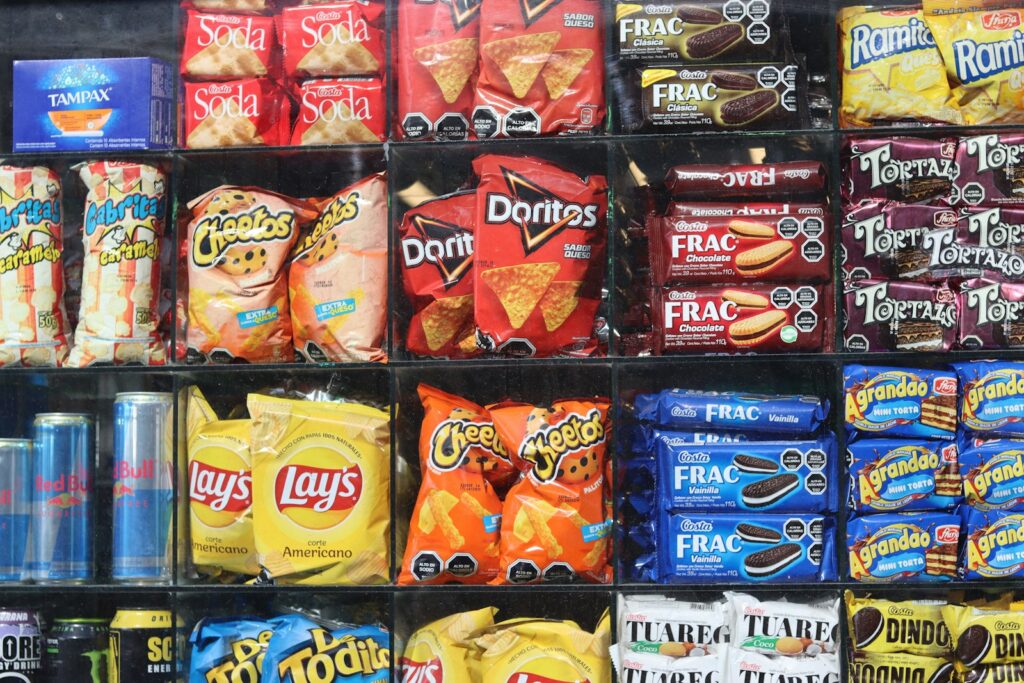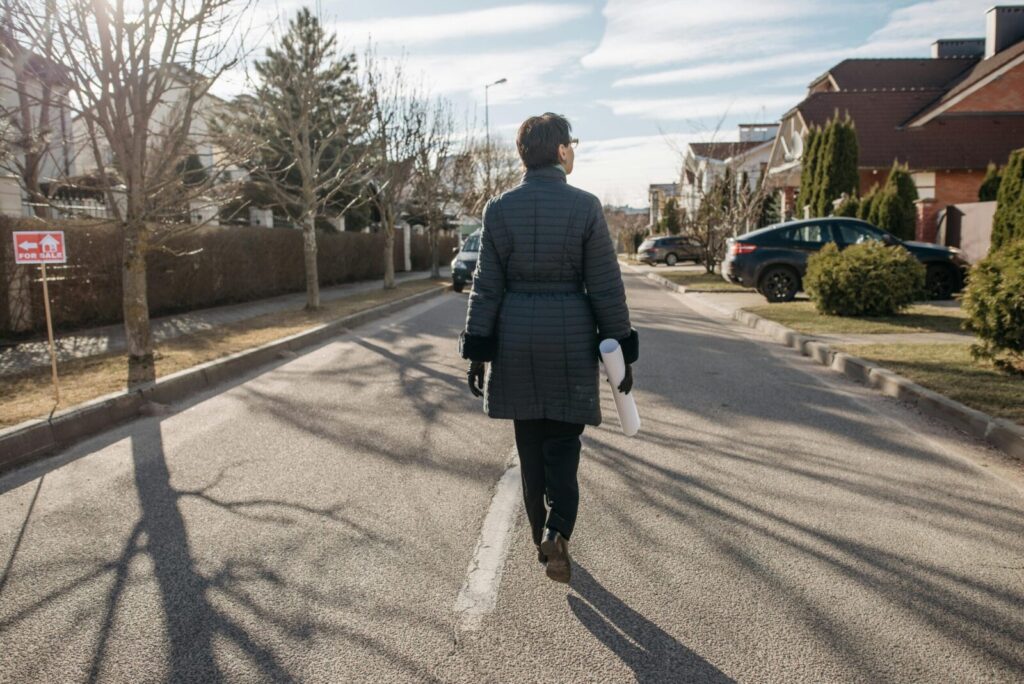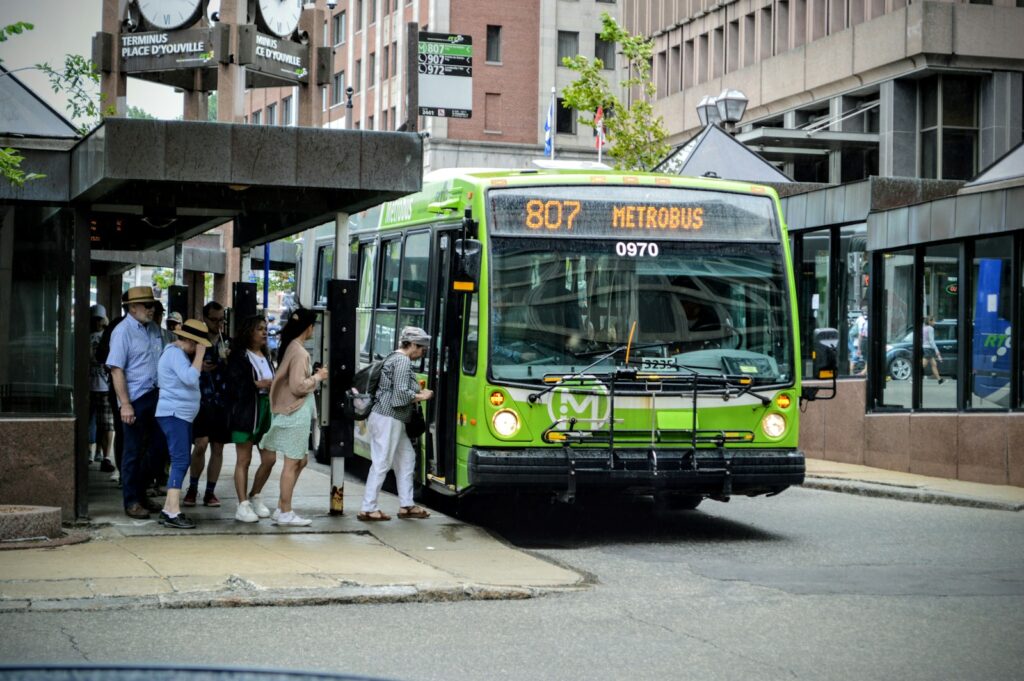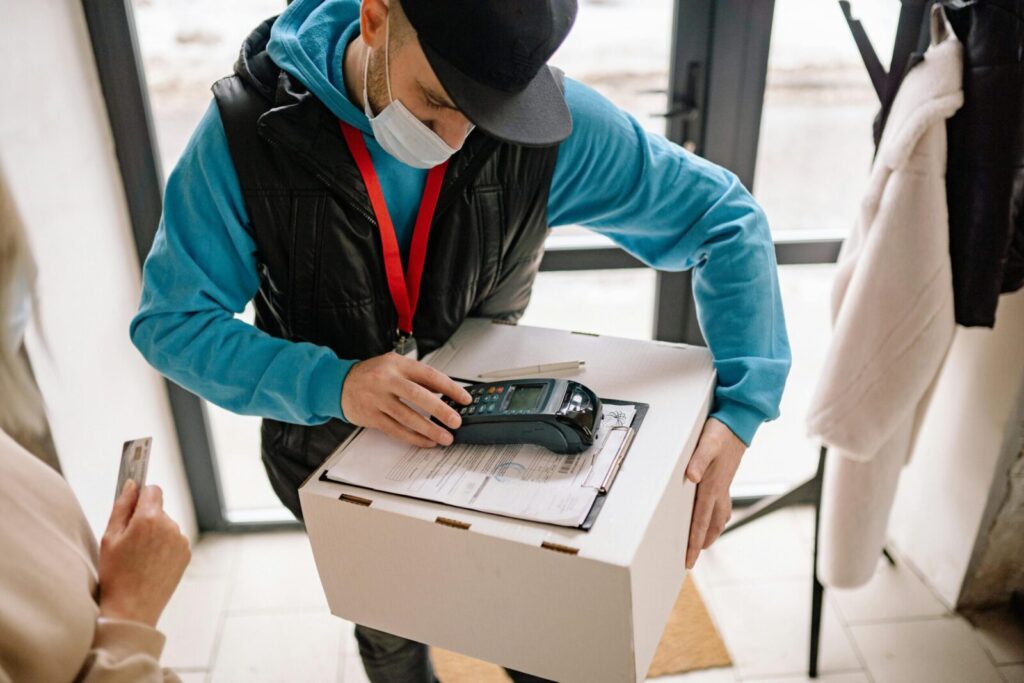Living abroad reshapes how people view the United States, revealing habits and norms that once blended into the background. Only after adapting to unfamiliar customs do many Americans return home with fresh eyes, noticing details that once seemed ordinary. From social behavior to daily conveniences, these observations reflect how culture subtly shapes routine. This introduction highlights the kinds of realizations people experience, offering insight into what stands out most after living overseas for an extended period of time. These reflections often feel surprising at first, yet they reveal how environment, habits, and expectations influence the ways people live and think each day.
1. Personal Space Feels Bigger

Many people returning to the U.S. quickly notice how much personal space Americans expect in daily interactions. Wide aisles, large homes, and generous seating areas contrast sharply with the compact environments of many countries. This sense of spaciousness influences social habits and expectations, shaping how comfortable Americans feel in public and private spaces. Living abroad often makes people more aware of how distinctive this cultural preference truly is. These reflections often feel surprising at first, yet they quickly reveal how deeply environment, habits, and expectations influence the ways people live and think each day.
2. Americans Love Ice in Everything

After spending time abroad, Americans often observe the country’s deep affection for ice-filled beverages. In many regions, drinks are served lightly chilled or at room temperature, making the U.S. tendency to fill cups with ice feel dramatic. This preference influences serving sizes, taste, and expectations at restaurants. Returning residents often find themselves adjusting again to this sensory emphasis, noticing how central iced drinks are to many daily routines. These reflections often feel surprising at first, yet they reveal how environment and habits influence the ways people live each day.
3. The Overwhelming Amount of Choices

One of the most striking realizations after living abroad is the overwhelming number of choices available in American stores. Grocery aisles offer dozens of cereal brands, condiment varieties, and snack options that exceed what many countries provide. This abundance reflects a culture that prioritizes personalization and variety. While convenient, the sheer volume can feel exhausting to those who are adapted to simpler selections, making American consumerism appear more intense. These reflections often highlight how deeply habits influence daily expectations and decisions.
4. Strangers Are Surprisingly Friendly

Americans returning from other countries often rediscover how friendly and conversational strangers can be in the U.S. Small talk at checkout counters, casual greetings, and light conversation in lines are common. In many cultures, interactions with strangers are more reserved or formal, making American openness feel surprisingly warm. This habit of casual friendliness plays a significant role in shaping daily experiences, community energy, and perceptions of social connection. These reflections remind people how unique social warmth feels after time abroad.
5. Convenience Shapes Everyday Life

Living abroad often brings new awareness to how deeply convenience defines American life. Drive-through pharmacies, extended store hours, rapid delivery, and automated services make tasks fast and efficient. In many countries, errands require more planning and patience. Returning Americans notice how convenience influences expectations and time management at home, highlighting a lifestyle built around speed and accessibility that becomes more visible once experienced from afar. These insights reveal how daily habits shape overall routines.
6. Healthcare Feels Much More Complex

The complexity of the American healthcare system becomes more evident after exposure to simpler structures abroad. Insurance networks, co-pays, deductibles, and varied billing processes contrast with countries offering more streamlined or affordable care. Even when treatment quality is high, navigating administrative layers can feel challenging. Returning residents notice how much time and decision-making are tied to healthcare access, revealing differences that stand out sharply. These realizations underscore how systems shape wellbeing and stress.
7. Cars Are Practically Required

People who live abroad often find themselves newly aware of how car-centric American cities are. In countries with extensive public transportation, walking and transit are part of daily life. Back in the U.S., long distances and limited transit options make driving essential. This reliance affects urban planning, social interaction, and health habits, leading returning Americans to notice how transportation choices shape routines more significantly than they had previously realized. These reflections highlight how landscape guides lifestyle.
8. Patriotism Is Highly Visible

Returning Americans frequently recognize how visibly patriotism appears in everyday life. Flags on buildings, patriotic songs at events, and national references in casual conversation become more striking after living in countries with subtler expressions of identity. This display reflects cultural values surrounding unity and national pride. Experiencing other traditions helps returning residents understand the distinctiveness of American patriotic expression in daily routines. These observations reveal how identity shapes public life.
9. Life Moves at a Rapid Pace

After time abroad, Americans often become aware of how fast-paced daily life tends to be. Tight schedules, quick service expectations, and productivity-focused attitudes contrast with more relaxed cultural rhythms found elsewhere. This speed influences eating habits, work life, and social interactions. Returning residents frequently feel the shift immediately, recognizing how the national drive for efficiency shapes the overall tempo of American living. These insights highlight how cultural pace affects well-being.
10. Tipping Culture Is Everywhere

After living in countries with little or no tipping, Americans returning home quickly notice how embedded tipping is in daily transactions. Restaurants, taxis, salons, and delivery services all rely on gratuities, creating decisions at nearly every turn. This system influences worker wages and customer expectations, making the U.S. approach feel unique. Returning individuals often reflect on how different it feels compared to cultures where service charges are standardized. These realizations reveal how customs shape interactions.
11. Portion Sizes Are Surprisingly Large

Americans returning from abroad often note how large portion sizes are in restaurants and grocery stores. Meals tend to be significantly bigger than those served in many countries, creating a sense of abundance that can feel overwhelming. This difference reflects attitudes toward value and generosity in dining. After adjusting to smaller servings abroad, returning individuals find the scale of American food culture especially striking and sometimes difficult to readjust to. These reflections highlight how culture shapes eating habits.
12. Advertising Dominates Public Spaces

After time abroad, the sheer volume of advertising in the U.S. becomes far more noticeable. Billboards, television commercials, online promotions, and in-store displays appear everywhere and often with great intensity. This marketing saturation shapes consumer behavior and raises expectations for constant engagement. Returning residents realize how deeply commercial messaging influences daily decisions and public spaces, highlighting cultural priorities related to consumption. These observations show how messaging shapes choices.
13. Stores Stay Open Much Longer

Many returning Americans observe how early businesses open and how long they remain accessible. Other countries may close shops during midday hours or limit operations on weekends. In contrast, American businesses emphasize availability and extended schedules. This accessibility influences convenience, productivity, and customer expectations. After living where limited hours are normal, people often rediscover how strongly the U.S. values constant access to goods and services. These insights highlight cultural priorities.
14. Public Transit Quality Varies Greatly

After living in countries with strong public transit, Americans return to a transportation landscape that varies greatly by region. Some cities offer reliable systems, while others provide minimal options. This inconsistency affects mobility for those without cars and shapes daily routines. Returning individuals notice how uneven infrastructure impacts opportunity and lifestyle, recognizing the significance of location in determining transit quality. These reflections show how geography shapes experience.
15. Individualism Influences Everything

Living abroad often highlights how deeply individualism shapes American culture. Many societies emphasize community, collective responsibility, or shared decision-making, making the U.S. focus on personal independence stand out. This worldview influences career choices, education, relationships, and politics. Returning Americans recognize how strongly individual responsibility and self-direction guide expectations and behavior in everyday life, revealing values they once overlooked. These observations show how beliefs shape identity.
16. Processed Foods Are Extremely Common

After time abroad, people often notice how much processed and packaged food fills American stores. While convenience foods exist everywhere, the variety and scale in the U.S. are far greater. Bright packaging, long ingredient lists, and expansive snack aisles make an impression. Returning residents reflect on how these choices influence diet, lifestyle, and health trends, revealing cultural preferences for speed and variety in modern eating habits. These insights show how markets shape choices.
17. State Laws Differ Widely

Americans returning from overseas often become newly aware of how different state laws and regulations can be. Taxes, public services, and legal requirements vary significantly across state lines, shaping everyday experiences. In many countries, systems are more centralized, making the U.S. structure feel fragmented. Returning individuals recognize how mobility within the country requires navigating these differences, highlighting the influence of state identity. These reflections reveal how governance shapes life.
18. Homes Are Surprisingly Large

After living abroad, many people notice how large American homes tend to be. Spacious living rooms, multiple bedrooms, and expansive kitchens contrast with more compact housing styles elsewhere. This emphasis on roominess reflects cultural priorities centered on comfort, privacy, and personal space. Returning Americans often find themselves re-evaluating what they previously considered normal, recognizing how architecture mirrors broader lifestyle expectations in the U.S. These insights highlight cultural values.
19. Customer Service Expectations Are High

Many Americans returning from other countries observe how strong customer service expectations are. Friendliness, attentiveness, and rapid assistance are emphasized more intensely than in many cultures. While this focus can feel welcoming, it may also seem overly performative to those accustomed to more reserved service styles. Returning individuals become more aware of how these expectations shape social norms, business practices, and the overall consumer experience. These reflections show how service culture differs.
20. Warning Labels Are Extremely Common

After living in places where public safety signage is less prominent, Americans often notice the abundance of warnings and disclaimers in daily life. Labels caution against obvious risks, and businesses prominently display liability notices. This reflects a culture concerned with legal protection and consumer safety. Returning individuals see how these precautions influence product design, business policies, and public expectations about accountability and risk management. These observations reveal how risk is handled socially.
Comments